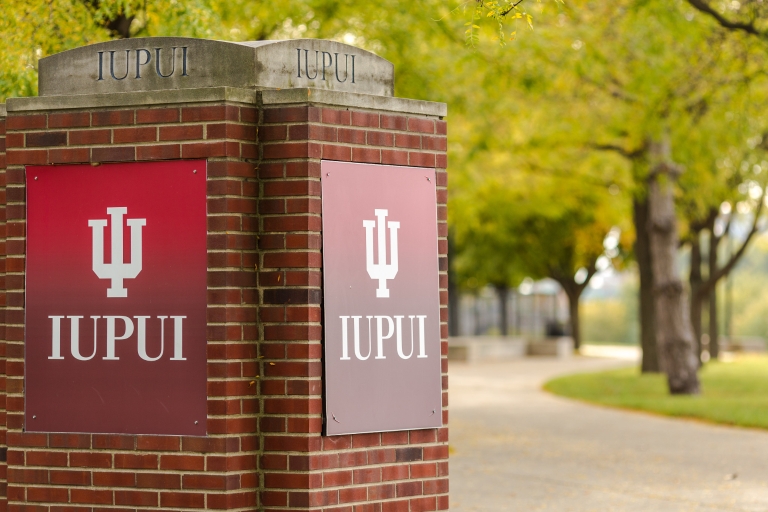INDIANAPOLIS -- The reproduction number of the novel coronavirus is still at a dangerously high level globally, requiring greater public health interventions, according to data analyzed by a group including associate professor George Mohler from the School of Science at IUPUI.

With data being collected by researchers at Johns Hopkins University, Mohler and his colleagues are using statistical models to determine a dynamic reproduction number of the virus.
"The reproduction number, 'R,' of a virus is defined as the average number of people an infected person then infects. It has been reported that COVID-19 has a R value around 2, but the reproduction number can vary over time, and China was able to bring it down to 0.4 with public health interventions." Mohler said. "Globally, the overall number was around 2; it came down below 1, but it is now back to 2. This means greater public health interventions are needed around the world."
While the worldwide R number declined as a result of public health interventions undertaken in China, it increased as the virus spread in parts of the world where large-scale public health efforts were not in place.
Around Jan. 22, when the Johns Hopkins data collection began, the global reproduction number was 2 before dipping below 1 in mid-February. By the end of February, it was back above 1, and on March 3 it was back above 2. Until the reproduction number returns under 1, the coronavirus will continue to spread according to researchers.
Mohler and his colleagues plan to continue their analysis on the data as it comes in, especially for the U.S.
"The big takeaway is that social distancing, isolation, and quarantine can have major impact on the transmission of a novel respiratory virus like COVID-19." said Daniel Sledge, an associate professor of political science at the University of Texas at Arlington, who collaborated on the analysis.
You can find this latest research online.
IU Research
Indiana University's world-class researchers have driven innovation and creative initiatives that matter for 200 years. From curing testicular cancer to collaborating with NASA to search for life on Mars, IU has earned its reputation as a world-class research institution. Supported by $680 million last year from our partners, IU researchers are building collaborations and uncovering new solutions that improve lives in Indiana and around the globe.






